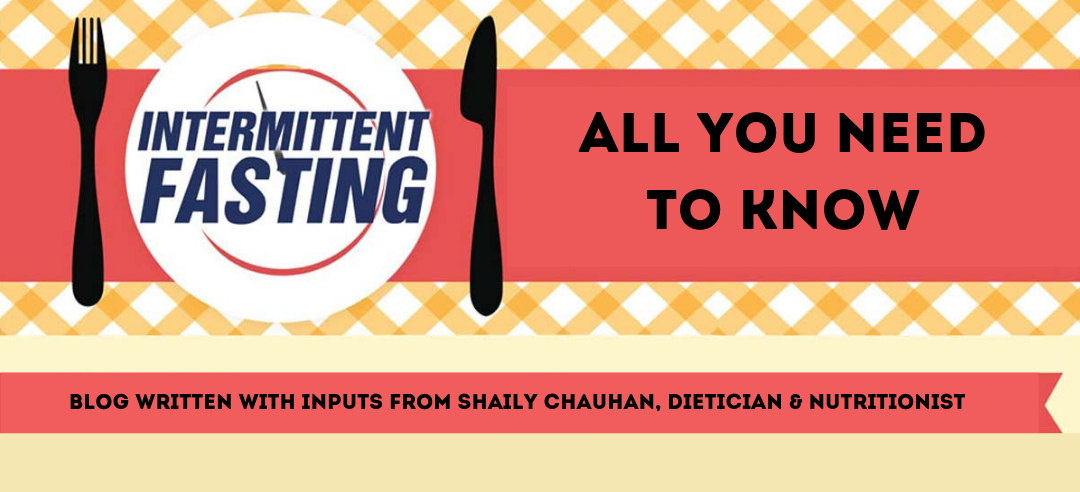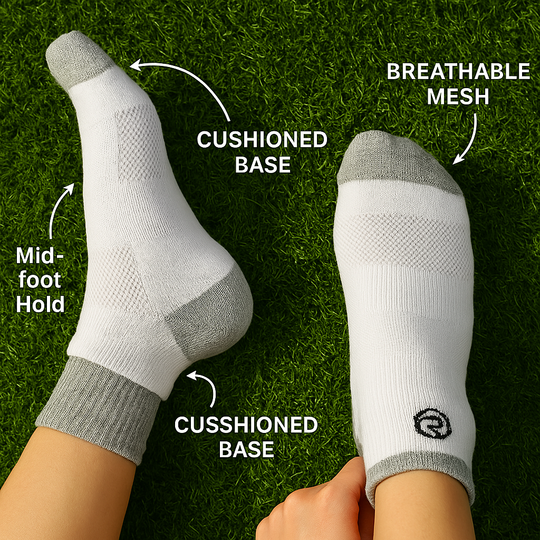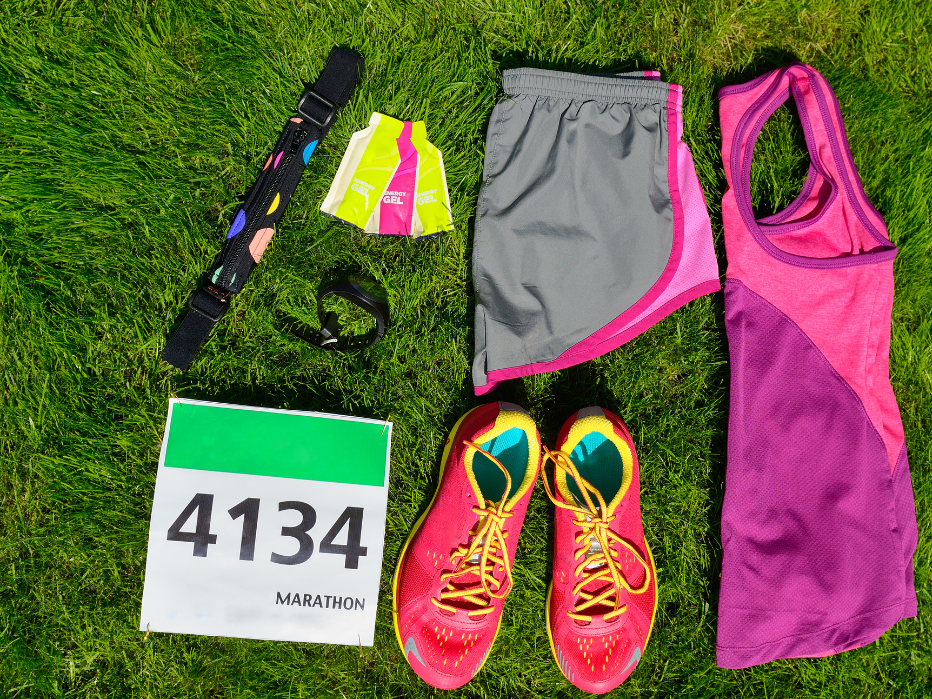What you should know about Intermittent fasting
Date
Duration
5 min read

If you’ve not been living in a cave, you’ve most probably heard of Intermittent Fasting. So, What is Intermittent fasting? As the name suggests, intermittent fasting is an eating pattern that cycles between periods of fasting and eating. Strictly speaking, it is not a diet but more of an “eating schedule. You are not told what to eat, but you do have to stick to specific times.
Intermittent fasting is a kind of an eating style or pattern wherein the main source of energy is from food which converts it into glucose. The most common way to do intermittent fasting is where one has 8 hours eating window and 16 hours of fasting. It doesn’t really specify which foods to eat rather when one should eat.
Who can benefit from intermittent fasting?
If you’re a fan of an all-or-nothing approach, or if you’re someone who likes defined rules to follow, intermittent fasting could be worth trying. It also might be especially good for people who participate in mindless snacking at night since the hard stop will curb this behavior.
There are several methods of intermittent fasting. The most popular ones are:
• 16/8 method: This is known as the Lean gains method. Here, you have a feeding window of eight hours and a fasting period of 16 hours. Put simply, the normal fasting period while you sleep is simply extended by a few hours. You can skip breakfast, for instance, and consume your first meal at noon and keep eating up to eight o’clock in the evening.
• 5:2 diet: The idea is that for two days a week you reduce your calorie intake to a maximum of 500 to 600 calories per day. The days do not have to be back-to-back. The other five days you can eat what you want within reason.
• Eat Stop Eat: This type of intermittent fasting alternates between fasting and non-fasting days. You eat what you want for 24 hours and then take a complete break from food on the following day. You repeat this pattern once or twice a week. Calorie-free beverages (such as black coffee, unsweetened tea, etc.) are allowed, as they are in the other methods as well.
As mentioned above, there are a lot of different options where you can fast for different hours & pick your window. It’s important to understand the difference between starvation & fasting. Starvation is when there’s an involuntary absence of food. Fasting is volunteering to withhold from food.
So we decided to take a closer look at this kind of fasting . It’s easy to lose sight of the important questions like how does the diet work, or what are the benefits and risks associated with it?
Benefits of Intermittent fasting
No calorie restriction and no change in diet
Adapting to intermittent fasting, a method of scheduled eating and fasting, relies strictly on time. Some people want more flexibility when it comes to losing weight, They don’t want to think about dieting every day of the week, they lose motivation after a certain period of time of restricting calories. Intermittent fasting works for people who like to follow rules, says Shaily Chauhan, Nutritionist & dietician. “Rather than saying ‘just eat less’ we tell them not to eat after 6 p.m. and for those who have the discipline, it works.”
Promoting health & weight loss
Following an intermittent fasting diet may make it easier to maintain the weight you lost over the long term. If you want to lose fat, intermittent fasting is the way to go. Fasting drains your body of its glucose reserves, its main energy source from food. Without glucose, you switch over to burning fat for fuel in a process called ketosis.
Promotes longevity
Intermittent fasting can protect against cancer, diabetes, and heart disease, helping you to live longer. If you restrict calories every day, it improves cardiovascular risk, glycemic control, and insulin resistance. Intermittent fasting can delay aging and help prevent and treat diseases. It revealed that fasting triggers adaptive cellular stress responses, which result in a better ability to cope with more stress and counteract disease
Intermittent fasting works best for certain people- It’s simple
Intermittent fasting is definitely not for everyone, but it can be a good method for reducing body fat. You should definitely watch what foods you eat during the feeding window, so don’t just stuff yourself with burgers, fries and pizza. The focus here, as elsewhere, should be on eating a healthy, balanced diet.
Cons of Intermittent fasting
Getting Hangry, low in energy & unproductive
We are all well-aware that life is unpredictable and can throw something at you out of the blue! So when changes to our agenda occur, we might get hungry and be much less productive, especially if you are used to eating lots of snacks or meals throughout the day, and all of sudden can’t. Intermittent fasting participants experienced minor adverse physical ailments including: feeling cold, constipation, headaches, lack of energy, bad temper and lack of concentration. For those of us who are gym-goers, we might not even feel like we will have the energy or motivation to be active and do the things we actually like.
Digestion issues
Some of us may experience digestion problems with these larger portioned-sized meals that we consume within a shorter amount of time. Larger volumes of food translates to more time needed to digest, leading to indigestion and bloating. That’s why people with digestive issues are recommended to eat at regular times, take time when eating, and not skip meals in order to have regular bowel functions.
Potential long-term health consequences (especially for women)
If intermittent fasting is taken too seriously and excessively restricts energy and protein, there’s a real risk of nutrient deficiencies and issues with fertility and reproduction in women. To expand more on the fertility issues, intermittent fasting is possibly linked to issues with menstruation, fertility, metabolism disruptions and early menopause in women.
Also workout also plays a very important role during this diet. Knowing you're going to exercise, you should be thinking about what to eat the day before, depending on the intensity of the workout. You never want to do cardio on a full stomach, as the sudden demand for blood flow from the muscles will steal vital blood flow needed by the digestive system for digestion and assimilation of nutrients. For at ease workout sessions, you can wear the TRUEREVO ultra light T-shirt and Active wear legging which has 2 side pockets.
If you are considering this type of diet, make sure to discuss it with your doctor. Skipping meals and severely limiting calories can be dangerous for people with certain conditions, such as diabetes. "If you are interested in trying intermittent fasting, talk to your physician or a dietitian to be sure you fast in a way that doesn’t just help you lose weight but also ensures you get the nutrition you need", concludes Shaily Chauahan, Nutritionist & Dietician.






